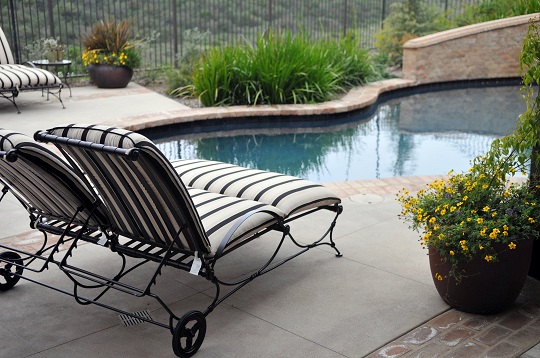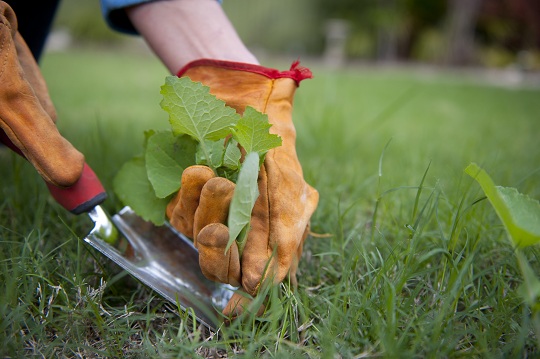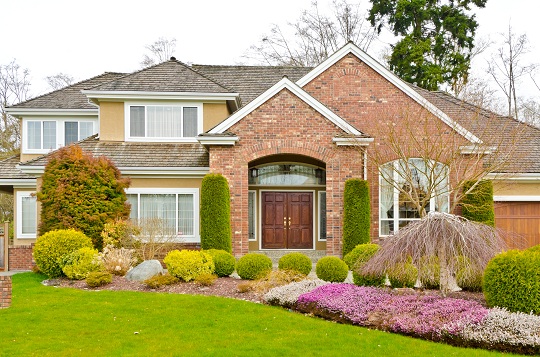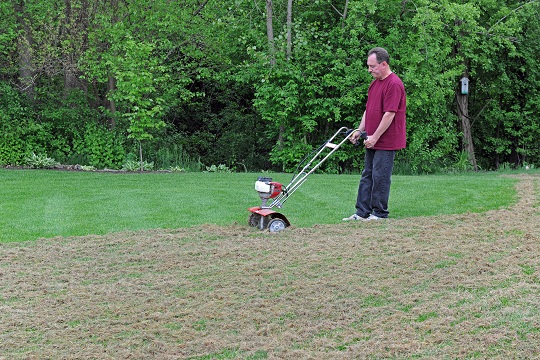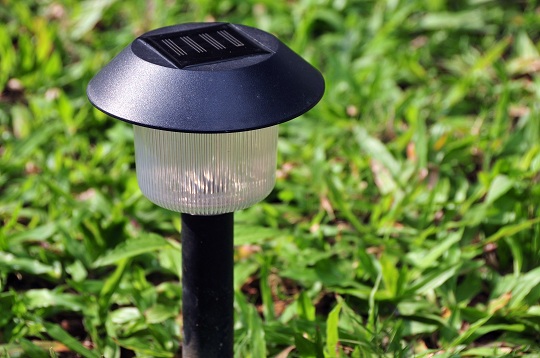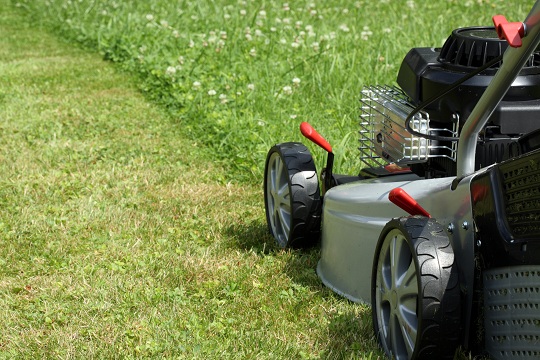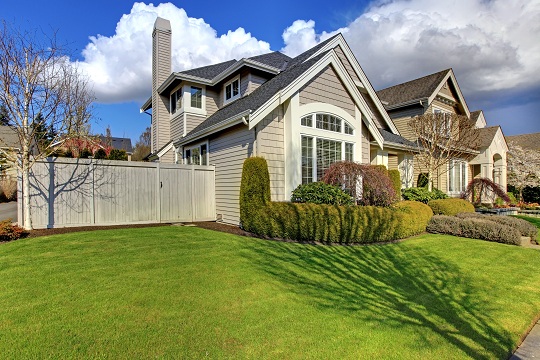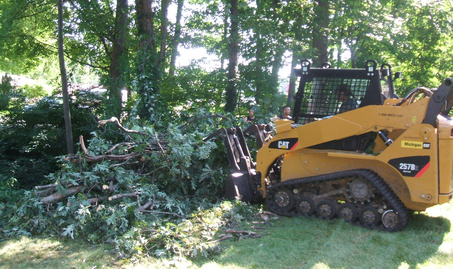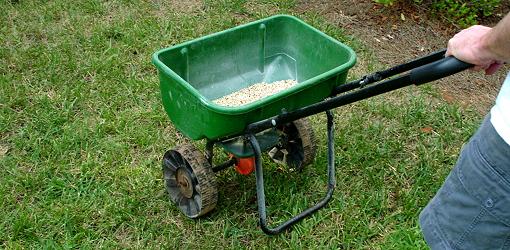Pools are great investments for the home; they offer a great way to enjoy the outdoors during the summer. If you are considering installing a pool in your backyard, you’ll definitely want to see these tips for installing a pool. While you’re most likely going to hire a contractor to do the actual in-ground installation, you’ll need to first consider many of the logistics and design choices for your backyard pool.
Pool Specifications
One of the most important aspects to consider is how large of a pool you’re willing to make in your backyard. While even a small backyard can accommodate sizable pools, you’ll need to figure out how much of your backyard you’re willing to dedicate to the pool, the shape of the pool, and the material of the pool. Fiberglass and vinyl-lined pools are ideal for colder climates, as concrete may crack during the winter. However, concrete is the most flexible and is usually the most durable type of pool.
Obtain Zoning Permissions
In-ground swimming pools need to comply with the appropriate building and zoning regulations, so you’ll have to apply for a building permit. Try to do this as soon as possible. There most likely will be regulations regarding the distances between property lines, sewer lines, septic tanks, and other in-ground features.
Filtration and Circulation System
Don’t forget that you’ll need space for your filtration and circulation system. While many won’t take up much space, you still need to keep them in mind and leave at least a couple of square feet of space.
Pool Location
Your actual pool location can be extremely important. Placing the pool far away from trees will allow you to warm up the pool with the sun and also reduce the amount of leaves you’ll have to clean. You also want to avoid windy areas, as they’re uncomfortable for people getting out of the pool and cause the pool water to evaporate quickly. Likewise, make sure the area is clear from electrical wires or septic systems when you begin excavating.
Additional Help
These are all design decisions that you’ll have to evaluate in the context of your own backyard. If you have any concerns, you should always talk with a pool installation or landscaping expert. You can always use TalkLocal to make that search extremely easy. You’ll be talking to a high quality local expert in just minutes!

